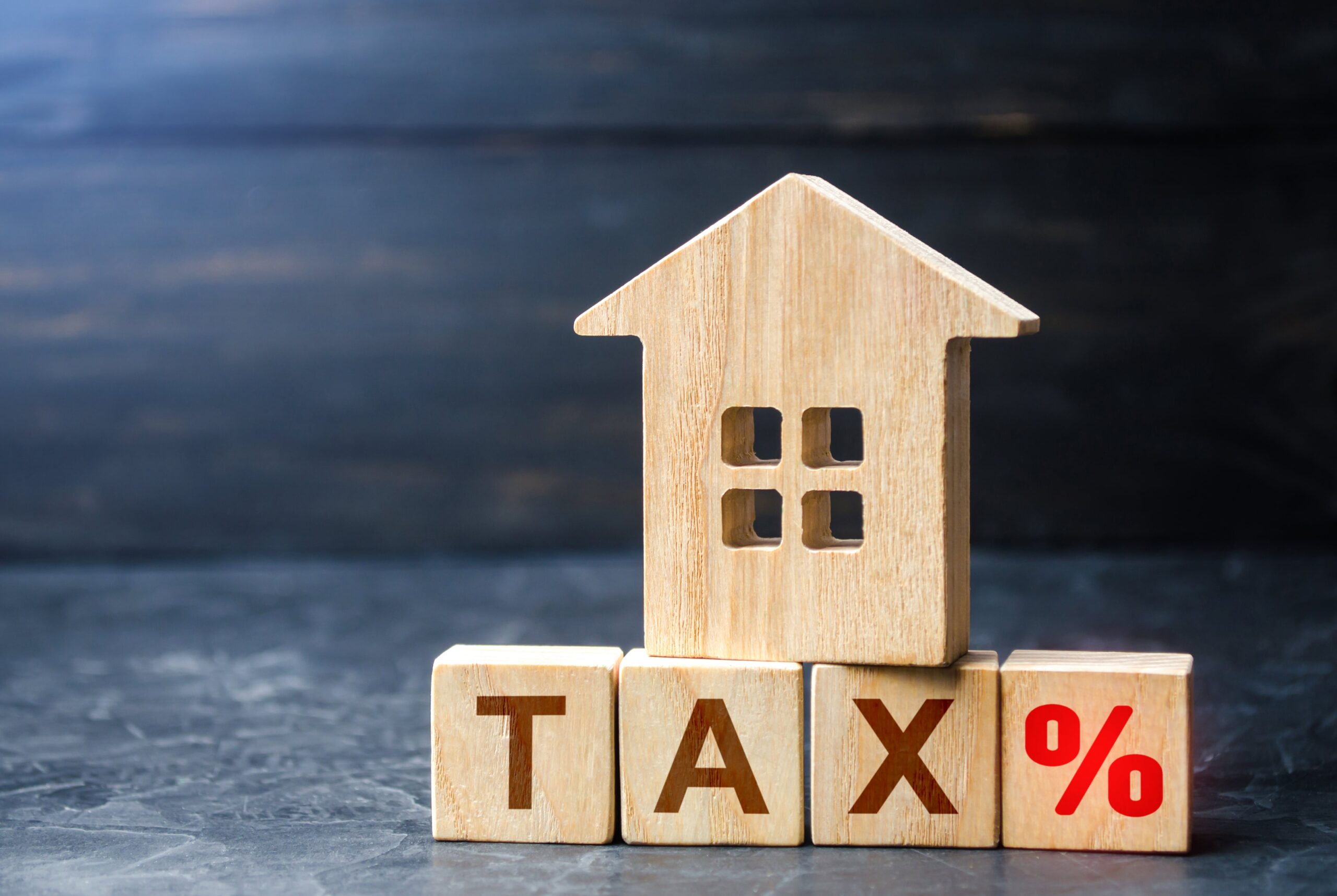Lower the Transfer Tax
LEGISLATION
SB 218/AB 216
Decreases the real estate transfer fee to 20 cents for each $100 of the value of the conveyance. Under the bill, 30 percent of the fees collected are deposited into the general fund, 20 percent of the fees are deposited into the land information fund, and the county retains 50 percent of the fees.
Lower the Transfer Tax
Cutting Wisconsin’s real estate transfer tax (Transfer Tax) by one-third would reduce the cost carried by Wisconsin property owners who pay the tax on the sale of real property.
Since its inception in 1970, the real estate transfer tax was meant to be a modest charge: $1 for every $1,000 in property value. At the time, the county retained 50% and the state received the remaining 50%. In 1982, this rate increased to $3 per $1,000 and modified the distribution to have the split reflect 80% to the state’s general fund and 20% to the county. While the transfer tax was originally designed to fund state and county needs, the tax structure has since shifted the burden to property owners, particularly when selling their homes.
With limited housing inventory and high property taxes, homeownership remains out of reach for many Wisconsinites. High transaction costs tied to the sale only add to the challenge of buying homes. Sellers often increase the sale price of their homes to offset these added costs, which directly impacts buyers by increasing home prices and further limiting affordability.
-
-
-
- The reduction of funds going to the state eases the burden on property owners. Lowering the Transfer Tax to $2.00 per $1,000 of property value will save the median value homeowner $304.90 in excess property taxes. By reducing the Transfer Tax by a third, property owners save hundreds of dollars during a transaction.
-
- Returning the distribution of the Transfer Tax collection a 50/30/20 allocation between the county, state, and land information program provides a response to local government funding challenges. This re-allocation increases local government revenue to help further support services needed within a community where the property is located, while eliminating a larger portion going to the fund to generally benefit the state.
-
- With historically low housing inventory and as one of the highest property tax states in the country, Wisconsin has a housing affordability issue. However, Wisconsin property owners are continuously required to fund the government through property taxes and Transfer Taxes associated with the sale of real property.
-
- Lowering the tax burden on property owners, Wisconsinites face some of the highest property taxes in the nation, with Madison homeowners paying nearly $11,000 a year on a median-priced home —four times the national average. Meanwhile, Iowa homeowners pay much less in both property and transfer taxes. Cutting the transfer tax by one third would save sellers $304.90.
-
- Home ownership will continue to be unattainable until housing inventory increases, property taxes are decreased, and transaction costs borne by the parties are reduced. According to the National Association of Home Builders (NAHB) for every $1,000 increase in the median new home price, approximately 2,000 households are priced out of the home-buying market.1 Reducing the Transfer Tax is by one-third, provides much needed relief for Wisconsin property owners in the real estate transaction.
-
- Mandates a county to implement a property title fraud notification system. Property title fraud is a growing concern that can have significant financial and legal repercussions for homeowners. Criminals may use stolen identities or forged documents to transfer ownership of a property without the rightful owner’s knowledge. This type of fraud not only jeopardizes homeownership but can also result in costly and time-consuming legal battles for the victims.
-
-

